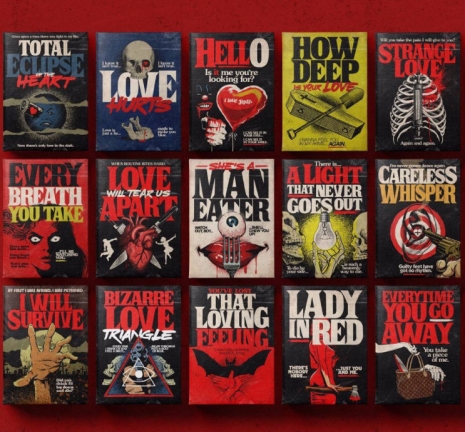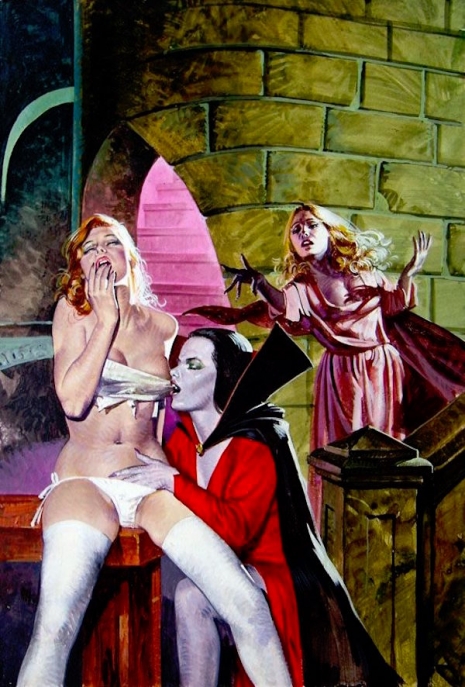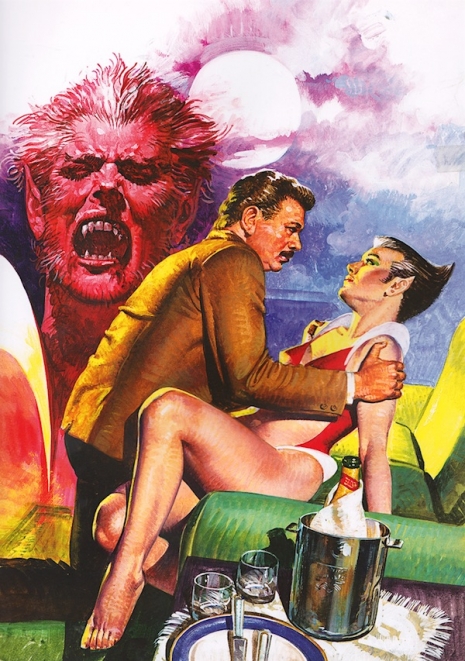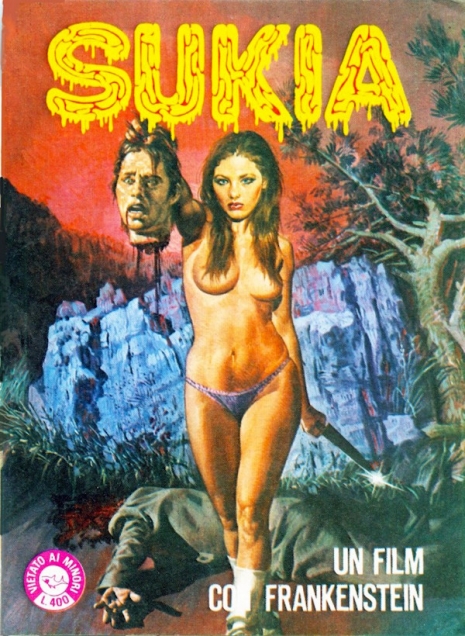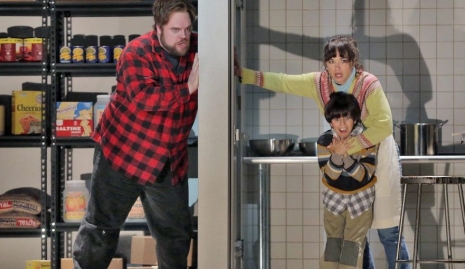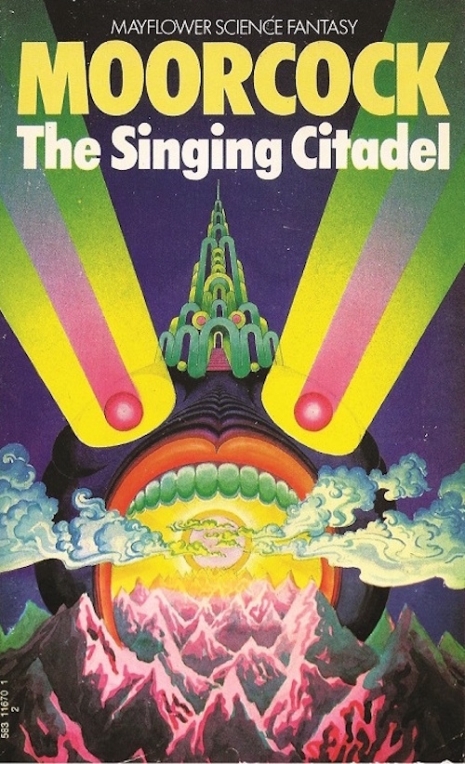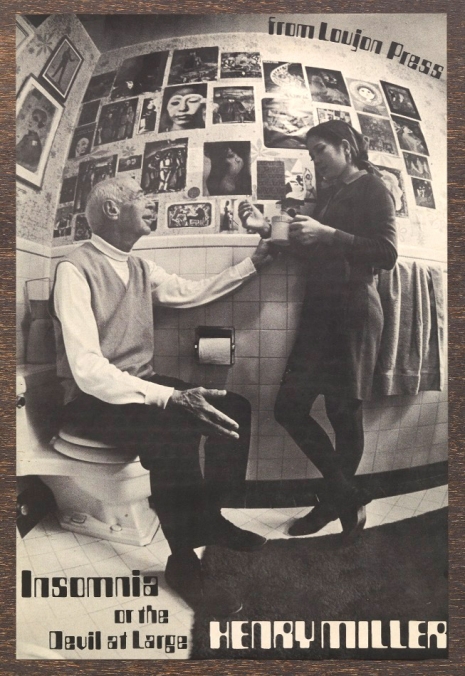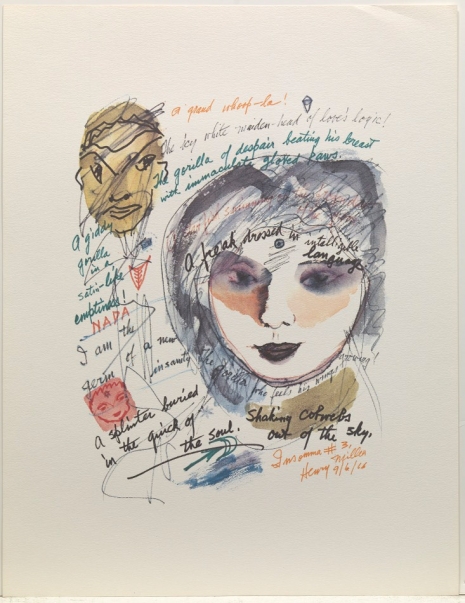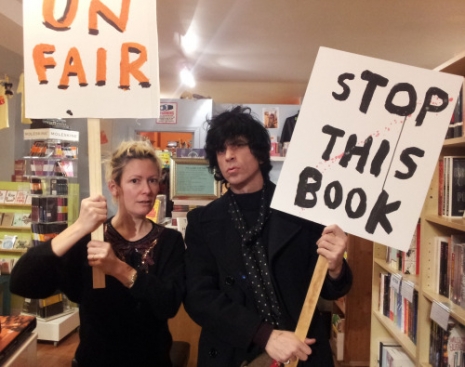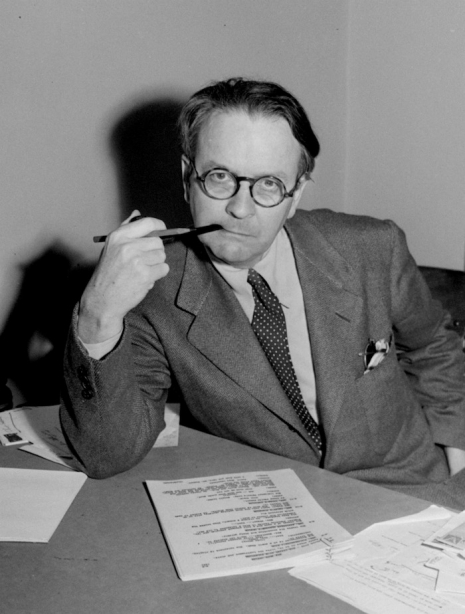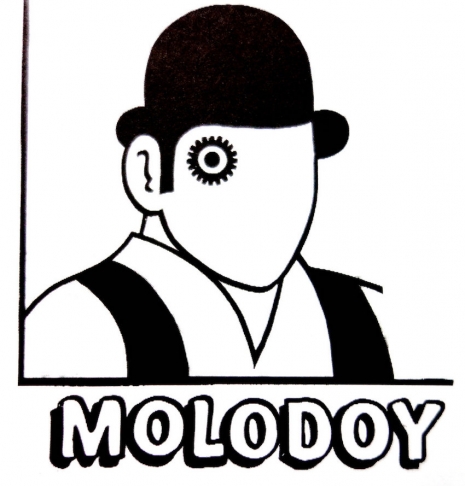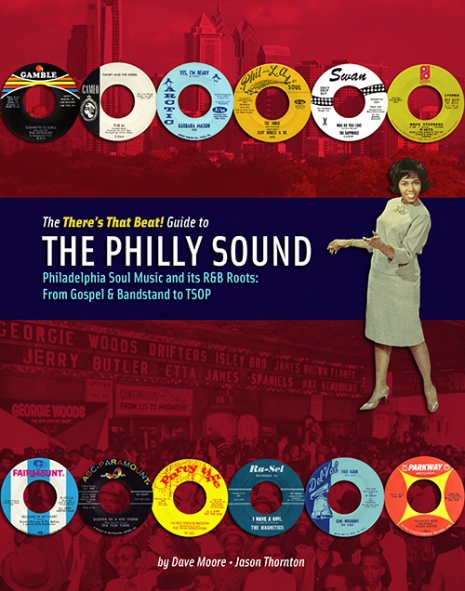
I’ve known Jason Thornton for most of my life. He’s one of the world’s consummate crate diggers and has amassed (and sold and then amassed again) a vinyl collection of epic proportions. He started collecting Elvis’ Sun Records 45s with his father when he was six years old, the two of them scouring garage sales and junk stores panning for plastic gold. By the time he was twelve, he was already an otaku-level “sophisticate” when it came to music, especially classic soul and doo-wop, rockabilly and what is now called “old skool” rap and hip-hop, but was then still a brand new thing. When I met him, he was part of a group of older record-obsessed friends in my hometown of Wheeling, WV. From time to time, when he was still in high school, he’d stay on my couch in New York and spend a few days vacuuming up amazing and obscure finds in lower Manhattan’s record stores with the zeal of a first-time visitor from Japan plotting out his record shopping with ruthlessly military efficiency.
Fast forward a… uh “few” years (okay thirty of them) and he’s a married middle-aged graphic designer working in the Boston area. In recent years Jason (the designer) and his partner Dave Moore (the writer/editor) an Englishman based in Spain have been publishing the well-respected There’s That Beat, a rare soul music fanzine. They were asked by the Swedish book publisher Premium Publishing to channel their expertise into a book on the history of Philadelphia’s music makers and the result is the absolutely mind-bogglingly detailed and comprehensive—not to mention freaking massive—guide to the City of Brotherly Love’s music scene ever published The Philly Sound: Philadelphia Soul Music and its R&B: From Gospel & Bandstand to TSOP. Chock full of rare photos, label scans, sheet music covers, vintage print ads and lots and lots of great stories, it’s hard to imagine how anyone could ever come along and top this truly definitive volume in the future. It’s nearly 700 pages, printed in color on thick glossy paper and weighs more than my dog, so I’m guessing about ten pounds.
And that’s the problem. For reasons related to the shipping costs of such a huge book, Amazon opted not to take on The Philly Sound: Philadelphia Soul Music and its R&B: From Gospel & Bandstand to TSOP, but you can buy it directly from the authors at the There’s That Beat website.
I asked Jason and Dave some questions via email.
Dangerous Minds: A “music city”—be that Detroit, Chicago, Nashville, New York, Los Angeles, London or Kingston, Jamaica—presupposes an infrastructure to support the business and practical side of things (recording studios, a pool of good musicians, record labels, venues, radio stations, etc). What made Philly such a “strange attractor” for soul musicians?
Jason Thornton: Like most industrial cities, Philadelphia drew lots of black people from the south to seek jobs. Those people brought their talents up north to help create some incredible music, many honing their craft in church and under streetlamps. With the invention of the 45rpm record, it became very inexpensive for people to cut a record and get it into the marketplace. On top of that, the popularity of American Bandstand, a show that started locally and went national, was inspiring people to rush into recording studios and try for that unique exposure. Philadelphia was also a major distribution point for records getting out into the world and Dick Clark was financially linked to distributorships and record labels, not to mention all of the great influential DJs from the many radio stations that catered to black audiences. With all those factors combined, Philadelphia had the perfect terroir for all sorts of music and all of the vehicles in place to help it thrive.
Dave Moore: It was the city’s emergence as a pivotal gospel center via the music of The Ward Sisters, and The Dixie Hummingbirds, alongside Billie Holiday’s blues recordings during the era of the “race records” that first put the city’s black artists on the musical map. With the rock ‘n’ roll explosion of the 50s, white record label owners were looking for white interpreters of this musical phenomenon and Philadelphia-born Bernie Lowe’s Cameo and later Parkway, identified the Italian teen idol as being a great commercial vehicle. His company dominated the record market on the back of American Bandstand with an artist roster that included Frankie Avalon, Bobby Rydell and Fabian.
After the Beatles and the British Invasion just about destroyed Cameo/Parkway’s business, waiting in the wings with a new kind of black music were the likes of Maurice Bailey Jr., Kenny Gamble, Joe Stevenson, Leon Huff, Thom Bell, Luther Randolph, Johnny Stiles and Weldon A McDougal III, John Madara and David White, Richard Barrett and Wally Osborne. During the early sixties these musical entrepreneurs along with others, created a platform that delivered many of the classic Philly soul records of its golden era. With one eye on Detroit’s successful Motown company, the city’s musical landscape was sculpted by these people, some more successfully than others. The pinnacle of Philadelphia’s second musical coming came about when Joe Tarsia purchased a building on N 12th St just round the corner from 309 Broad St (the old Cameo Studio).
With Joe’s expertise as a sound engineer, the foundations of MFSB coming together at Frank Virtue’s Studio and Gamble and Huff enjoying success with the Intruder singles, the fuse of Philadelphia’s rocketing success was lit. International hits by Billy Paul, the O’Jays. Harold Melvin and The Blue Notes, McFadden And Whitehead, Jerry Butler, The Jones Girls all ensured that Gamble and Huff’s “The Sound Of Philadelphia” took pride of place in the city’s musical achievements.
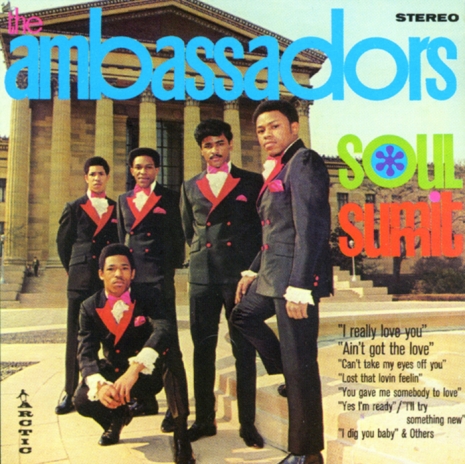
Over the decades who were the power players of Philly Soul?
Dave Moore: I guess the guys who really rose to the top of the city’s musical hierarchy are probably identified in three distinct groupings during the timeline of the 50s to the 70s.
Firstly, in the ‘50s, there were those that enjoyed the initial pop success i.e. Bernie Lowe, Kal Man and Dave Appell via America’s teenage awakening years and Dick Clark’s ascendancy with Bandstand. Although not all soulful outings, the labels they established would prove useful apprenticeships for many of the city’s future soul stars.
The 60s saw the emergence of the black influence both in front of and also behind the microphones and mixing board. Jimmy Bishop’s WDAS radio show put him on top of the promotion pile and his Arctic label was unlucky not to recreate Berry Gordy’s success with Motown. Jerry Ross was enjoying much success with a number of acts and labels and the decline of Cameo/Parkway saw openings for Kenny Gamble, Leon Huff and Thom Bell amongst a swathe of young ambitious entrepreneurs.
As the 70s emerged the undisputed crown kings of Philly Soul were The Mighty Three: Kenny Gamble, Leon Huff and Thom Bell. Joe Tarsia had created the perfect cauldron at Sigma Sound Studios and with MFSB (and particularly Ronnie Baker, Norman Harris and Earl Young as its heartbeat), delivering unrivaled talent, The Mighty Three drove the juggernaut that was a worldwide international success: The Sound Of Philadelphia.
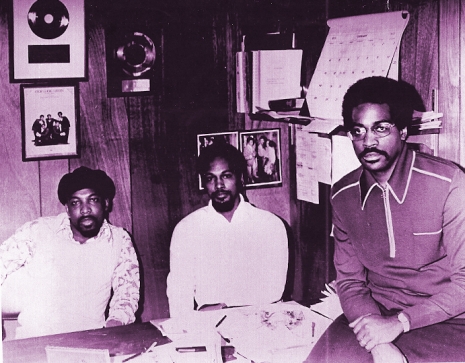
Leon Huff, Thom Bell and Kenny Gamble
What are some songs that best exemplify the Philadephia sound? What was “the TSOP”?
Dave Moore: “The Sound Of Philadelphia” has become synonymous with the green record label bearing the same name owned by Kenny Gamble and Leon Huff. They could certainly lay a strong claim to be so. The music created by their company via Joe Tarsia’s Sigma Sound Studio was certainly an identifiable and unique sound of the time incorporating lush arrangements, bongo-driven intros, lavish string components and of course with the backing voices of the Sweethearts of Sigma, MFSB’s skills were allowed to breathe fully. If I had to select a solitary song that exemplified this cauldron of talent I’d plump for The O’Jays’ “I Love Music.” Comprising a tell-tale intro, metronome-like drumming from Earl Young, plus effervescent vocals from a real iconic singing group, the whole ensemble are at the top of their creative game.
Much more after the jump…
